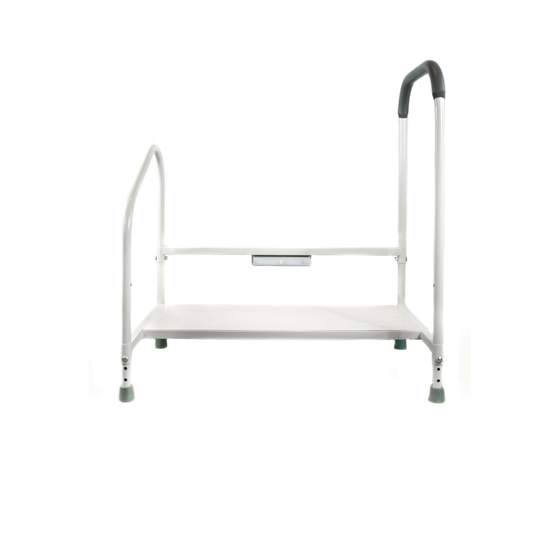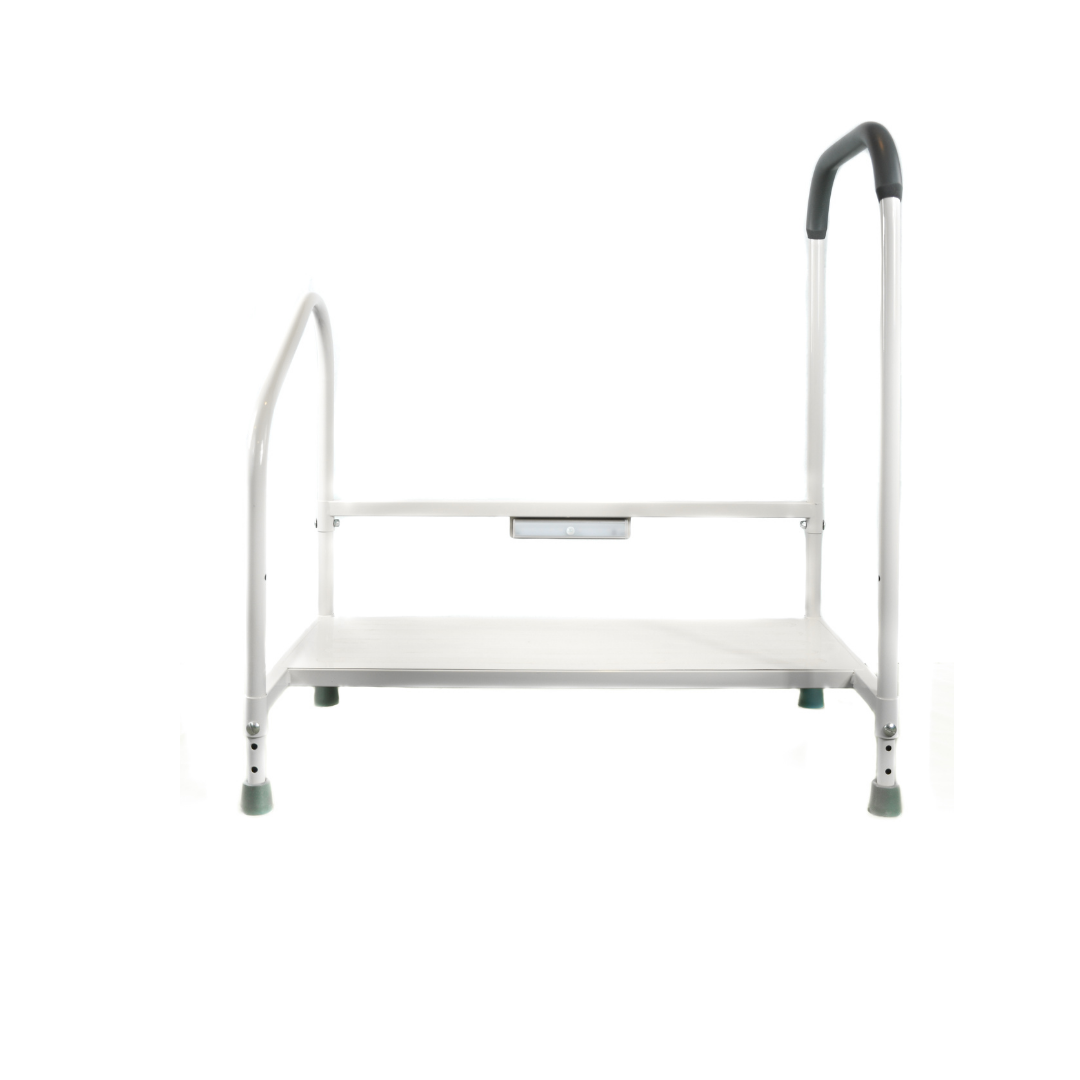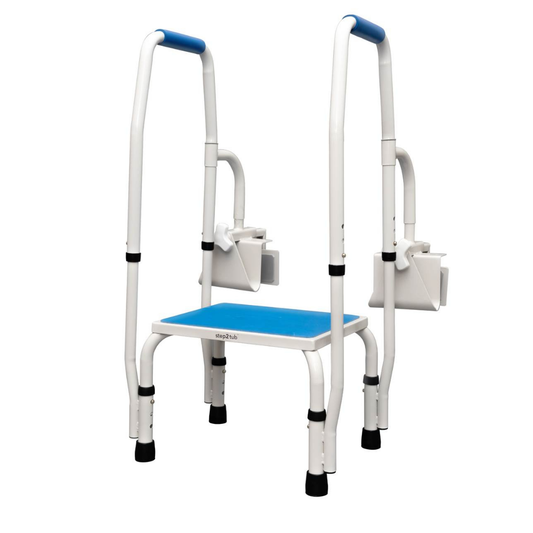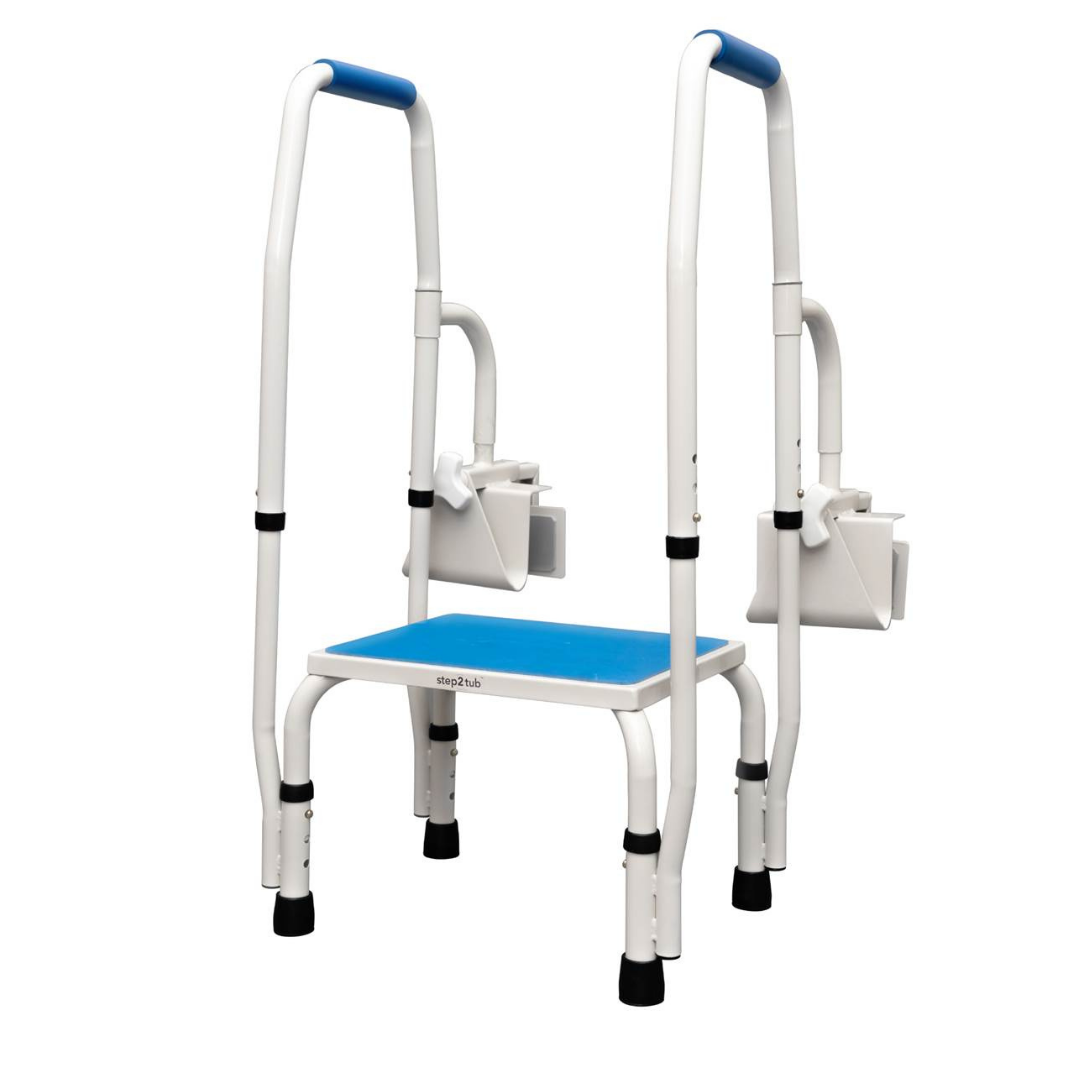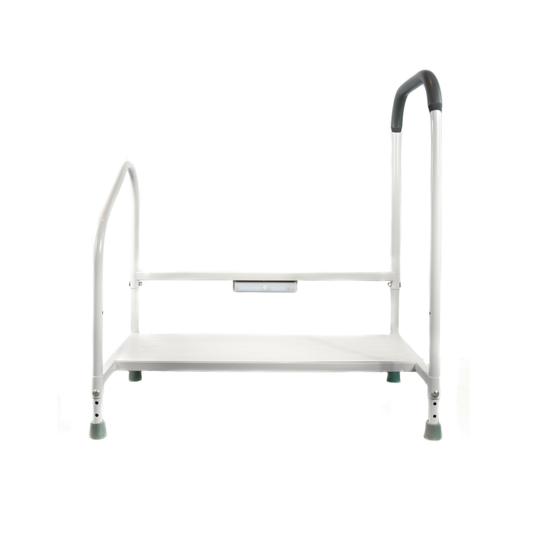Safe Transfers and Positioning: What Every Caregiver Should Know
Introduction: Why Safe Transfers Matter
For caregivers, mastering safe transfer and positioning techniques is essential—not only to protect those they care for but also to prevent personal injury. Improper lifting can cause falls, pressure injuries, and long-term musculoskeletal damage. With the right approach, caregivers can improve comfort, ensure safety, and maintain dignity during every interaction.
Core Principles of Safe Patient Transfers
Every transfer should follow these foundational steps:
-
Evaluate the Situation First: Assess the patient’s mobility level, weight-bearing ability, and cognitive status before moving them.
-
Use Correct Body Mechanics: Keep your back straight, bend your knees, and lift using your legs—not your back.
-
Involve the Patient: If capable, encourage the patient to assist with the transfer to reduce strain and foster independence.
-
Incorporate Assistive Tools: Gait belts, transfer boards, and mechanical lifts reduce the physical burden and risk of injury.
-
Create a Safe Space: Clear the area of hazards, lock wheels on beds or chairs, and ensure the floor is dry and even.

Essential Transfer Techniques
-
Sit-to-Stand Transfer: Ideal for patients who can partially bear weight. Use a gait belt and let the patient push off from the chair or bed.
-
Pivot Transfer: For patients who can stand briefly but not walk. Guide their movement while stabilizing with a gait belt.
-
Two-Person Assist: When one caregiver cannot safely handle the transfer, a second person should be involved for added safety.
-
Mechanical Lift Transfer: Best for non-weight-bearing or immobile individuals. A powered or manual lift ensures both patient and caregiver safety.
Positioning for Pressure Injury Prevention
Proper patient positioning supports comfort and prevents pressure injuries, especially in those with limited mobility:
-
Reposition Regularly: Turn or shift the patient at least every two hours if they cannot move independently.
-
Supportive Surfaces Matter: Use pressure-relief mattresses, overlays, and seat cushions.
-
Maintain Proper Alignment: Avoid awkward limb or head positions that could lead to discomfort or injury.
-
Encourage Postural Support: Support natural spinal curves whether seated or lying down.
Helpful Equipment to Support Transfers and Positioning
-
Gait Belts: Offer additional grip and control when assisting ambulation or transfers.
-
Transfer Boards and Slide Sheets: Reduce friction and make lateral moves easier and safer.
-
Sit-to-Stand Devices: Mechanically assist with standing while reducing physical demand on the caregiver.
-
Pressure Redistribution Products: Mattresses and cushions that reduce skin breakdown and enhance comfort.
Training: The Key to Safe and Effective Care
Investing in caregiver education enhances safety and effectiveness:
-
Hands-On Workshops: Teach real-world application of transfer techniques.
-
Online Resources: Instructional videos and professional guidance available anytime.
-
Ongoing Assessments: Regular reviews ensure skill retention and improvement.
Conclusion: Safer Transfers, Better Outcomes
Safe transfers and thoughtful positioning improve quality of care, prevent injury, and empower caregivers. By combining practical knowledge, supportive equipment, and ongoing education, caregivers can create a secure environment that supports both mobility and dignity.
Joerns Healthcare is dedicated to supporting caregivers with innovative tools and resources that make care delivery safer, more efficient, and more compassionate.




